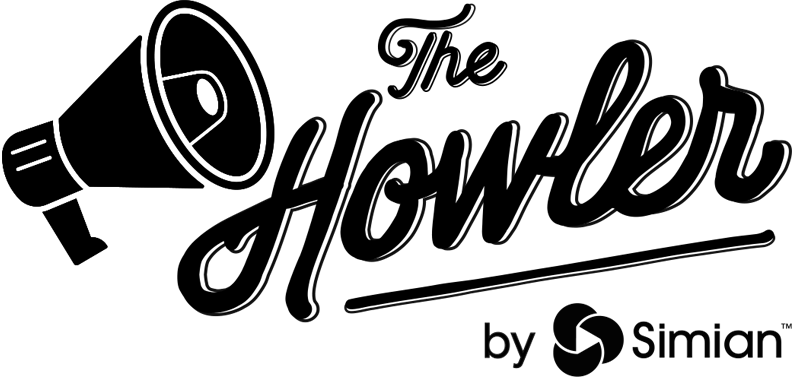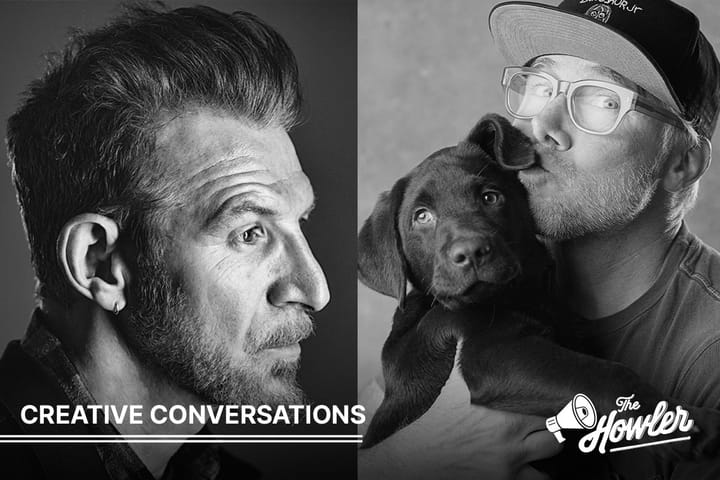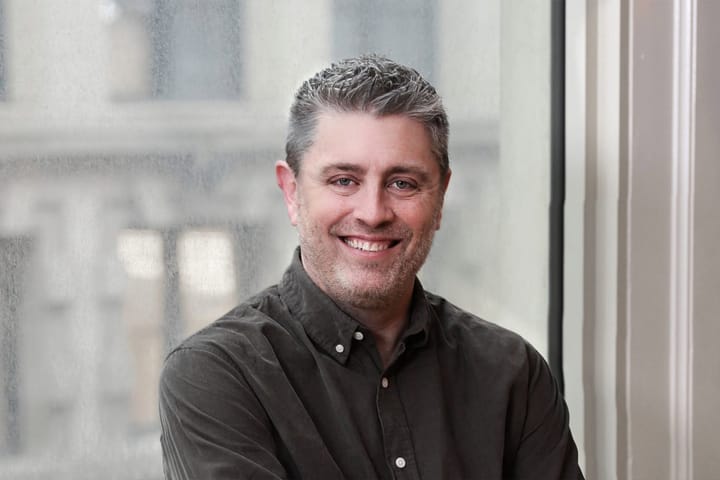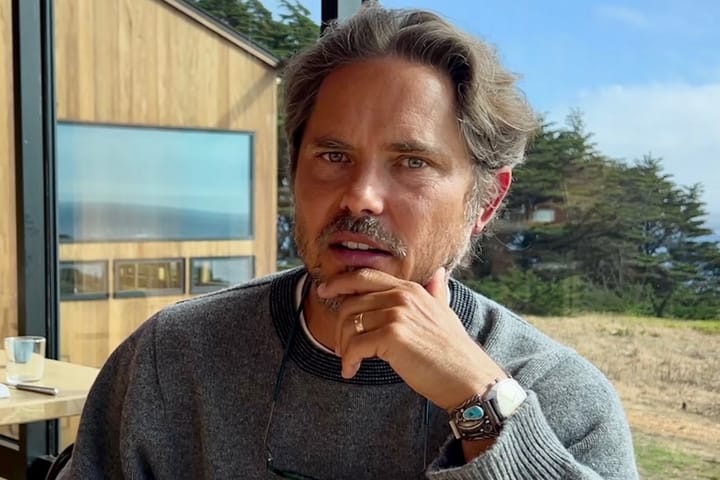Steve Biegel on How Purpose Can Give Brands a ‘Love Loop’
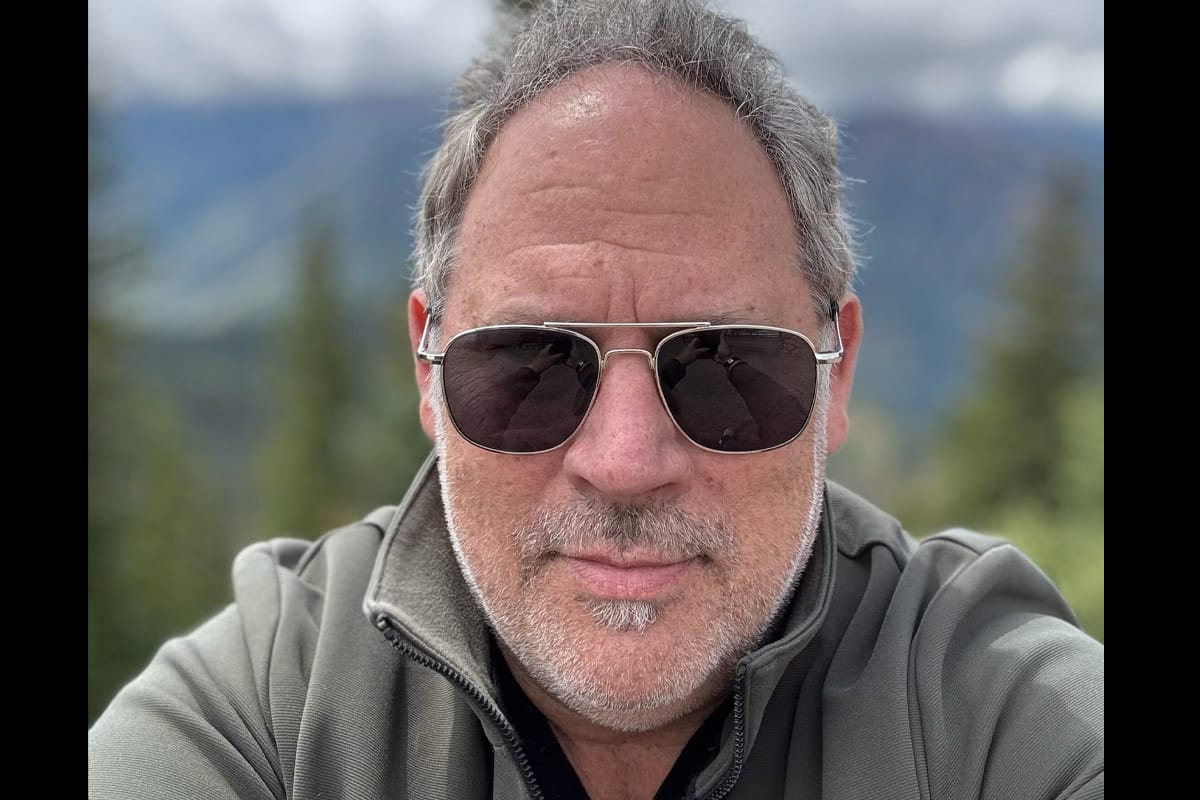
A lot of agency and client people may have worked with Steve Biegel during his years running production at the award-winning production and post studio WildChild Content, but there’s more to him than that. Before he segued into production, Steve had a long career in the creative ranks, working on campaigns for major global brands at such agencies as Ogilvy, Havas, Ammirati & Puris, and others. More than that, he’s a student of the commercial form, with an encyclopedic knowledge of what has and hasn’t worked in advertising over the past several decades. Today, as Founder of Dreamboat Group, he’s applying that to his deeper understanding of purpose and the role it plays in modern brand-consumer relationships.
While at WildChild, where he was Partner and EP, he oversaw branded content campaigns and produced social impact films such as “The Walk,” an ambitious film addressing the growing and global refugee crisis.
But he’s never been far from his writing roots, teaching at Queen’s College as an Adjunct Professor and penning an upcoming book about conscious-driven marketing. The key to the discipline, he says, is for brands – and those who play supporting roles in getting their brand communications made – to find ways to get their consumers not just to buy, but do so with a sense of passion, belief and advocacy.
The Howler reached out to Steve recently to talk about the ins and outs of purpose-driven marketing, something that’s become all too important in these conflicted times. Here’s what he had to say.

What are some of the biggest pitfalls for brands interested in taking on purpose-driven initiatives? On the flip side, describe the major benefits?
Steve: The biggest trap brands fall into is treating purpose like a marketing garnish instead of the main course. They slap a rainbow on their logo in June, tweet about Earth Day in April, and then go right back to polluting, exploiting, or ignoring the very communities they claim to love. Consumers aren’t stupid; they can smell performative purpose the way you can smell cheap cologne in an elevator.
Another pitfall? Trying to be all things to all people. The ancient matchmaker would never set up a cage fighter with a concert violinist just because they’re both single. But brands do this all the time: launching vague “we stand for positivity” campaigns that stand for absolutely nothing. Purpose without specificity is just empty calories.
And then there’s quarterly numbers syndrome. Purpose initiatives get cut the second margins wobble, which proves they were never purpose in the first place – they were P.R. If your commitment collapses under shareholder side-eye, it wasn’t purpose, it was posture.
On the flip side, when purpose is baked into the DNA – not pasted onto the deck – the payoff is massive. Think of it as brand Teflon. Devoted customers forgive you more, stick with you longer, and advocate harder when they believe in your why, not just your what. Bain & Co. found that loyalists are five times more likely to repurchase, seven times more likely to forgive mistakes, and nine times more likely to recommend. That’s not a funnel; that’s a love loop.
Purpose also gives you pricing power. Ever wonder why people happily pay more for Patagonia fleece or Tony’s Chocolonely bars, when cheaper options are right there? Because they’re not just buying products, they’re buying membership in a tribe that reflects who they are. Price elasticity bends in your favor when identity is on your side.
And finally, purpose is content fuel that never runs out. When you stand for something real, you don’t have to chase trends like a desperate TikTok intern. Your cause, your values, your actions are the story. People share it because it says something about them, not just about you.
How do you describe ‘purpose-driven’ work? What are the key elements that a marketing or branding initiative or effort need to have to be viewed as truly purposeful, versus some shifty examples of corporate whitewashing?
Steve: True purpose-driven work is when your brand’s reason for existing intersects with a tribe’s reason for believing. It’s not about what you say in a campaign, it’s about what you do when nobody’s watching. Purpose-driven work turns slogans into systems. Dove didn’t just say “Real Beauty,” it built programming to tackle body image. REI didn’t just say “Opt Outside,” it shut down on Black Friday to prove it. Words can inspire, but actions are what tattoo belief into memory. If you’re still running sweatshops while preaching about “empowerment,” congrats; you’re displaying hypocrisy, not purpose. Purpose-driven brands put their money, supply chains, and policies where their mouth is.
Describe some of the more impactful purpose-driven projects you were associated with while at WildChild?
Steve: I executive produced a documentary film called “The Walk,” which discusses the child refugees’ inability to find homes in Europe because of racial bigotry. The film premiered at one of the most prestigious festivals – Doc NYC. Working with the director and production team creatively was very rewarding for me personally. Hopefully, the film changed some minds, or at least opened some eyes, to the cause.

For production and post production companies that want to get involved with purpose-driven work, what are the key things to keep in mind? Is there publicity or reputational value in being associated with this kind of work?
Steve: Yes, it can be helpful from a P.R. standpoint and reputational as well. But the real reason for participating is because your heart is into it, because you have to invest not only money but time and resources, so it has to be a passion.
As someone who's worked on the agency side, as well as on the vendor side, what is the appeal of doing brand consulting?
Steve: It’s the freedom to stop selling clever headlines and start building actual meaning. On the agency side, you live and die by the campaign cycle: thirty seconds of glory, then on to the next RFP. On the vendor side, you’re often reduced to a cog in someone else’s idea machine. Consulting, for me, was stepping into the driver’s seat: working upstream with founders, CMOs, and change-makers on, as I said before, the why before the what.
What makes purpose-driven work addictive is that it doesn’t feel like work at all, it feels like consequence. You’re not just dressing up shampoo in a commercial; you’re helping a brand find its soul, then teaching it how to speak in a way people believe. When you watch a brand shift from being tolerated to being loved, from being a product to being a partner in someone’s life, that’s the payoff.
And here’s the selfish bit: purpose-driven work is a hell of a lot more fun. People want to engage with it, argue with it, share it. You don’t have to trick them into paying attention. You’re not pushing noise, you’re pulling belief.
You spent years on the post production side. What do you see as being the biggest challenges facing your former colleagues and peers in that industry?
Steve: A.I. has changed the game. No news there. Clients look to A.I. to lower costs and speed up production time. The biggest opportunity is doing cuts that are much better than what A.I. can spit out. As the cream rises to the top, those editors and post houses will still do well and get the best creative to work on. The “B” and “C” post houses will go away, or transition to A.I.-first work product.
